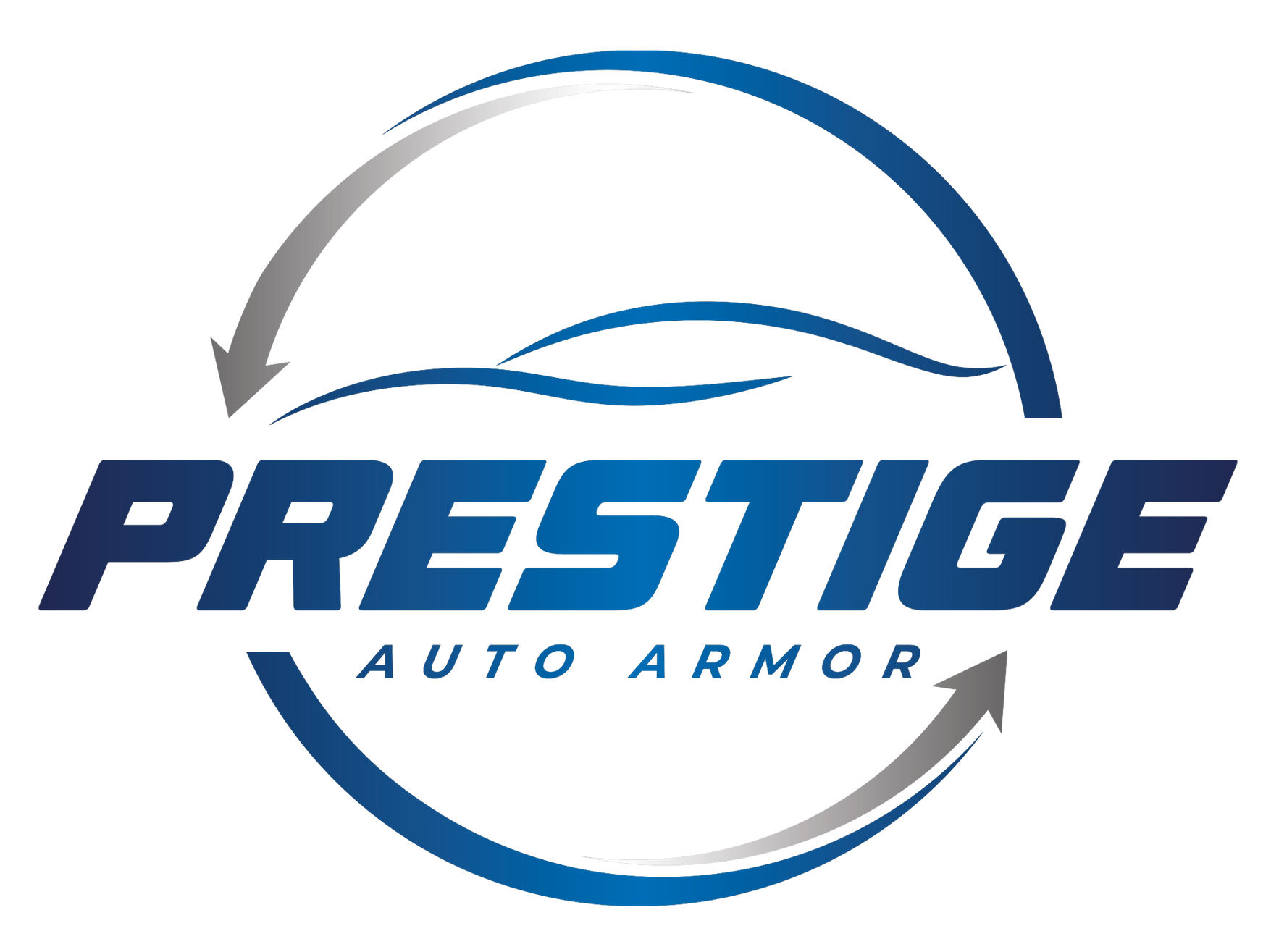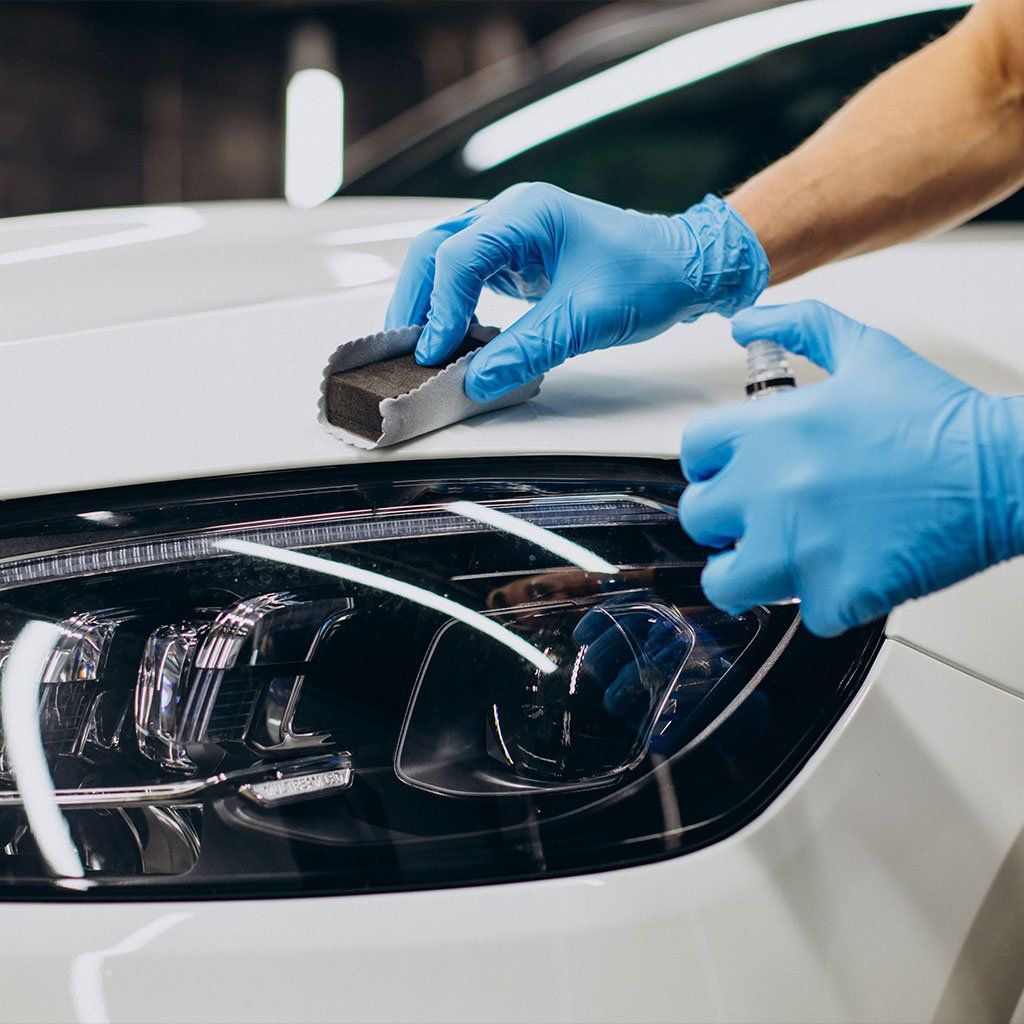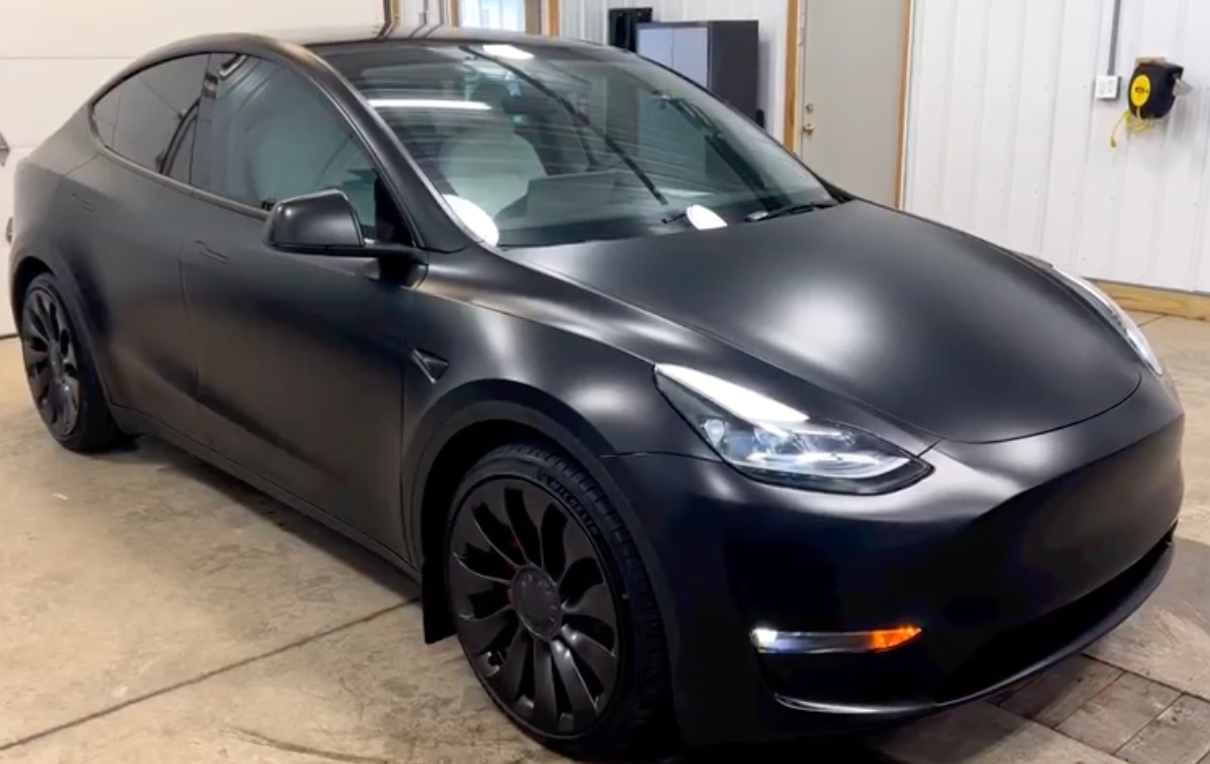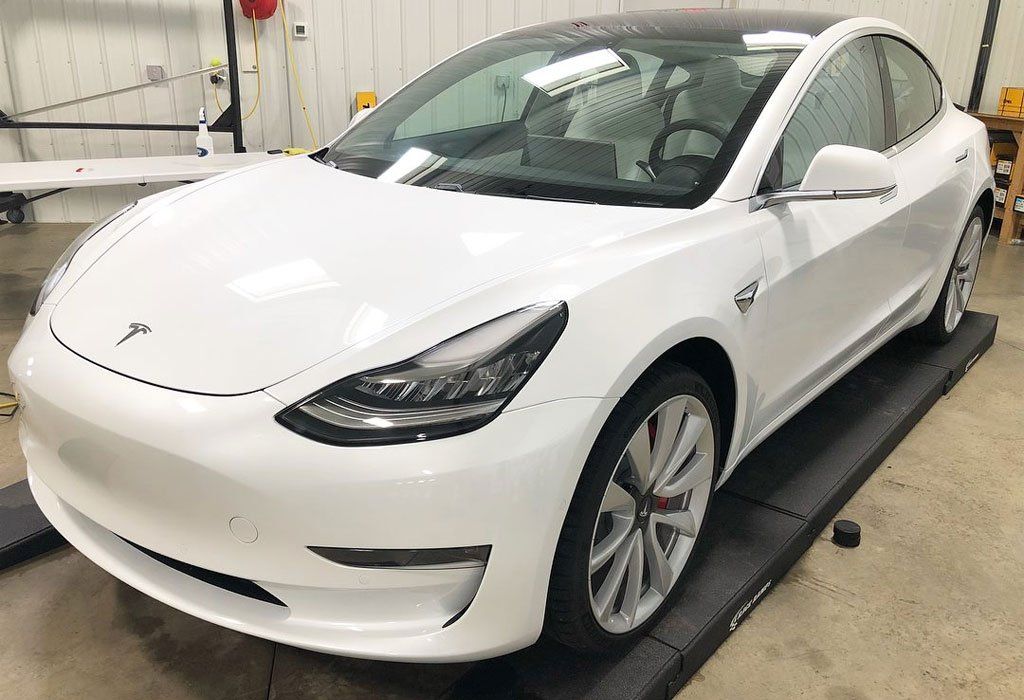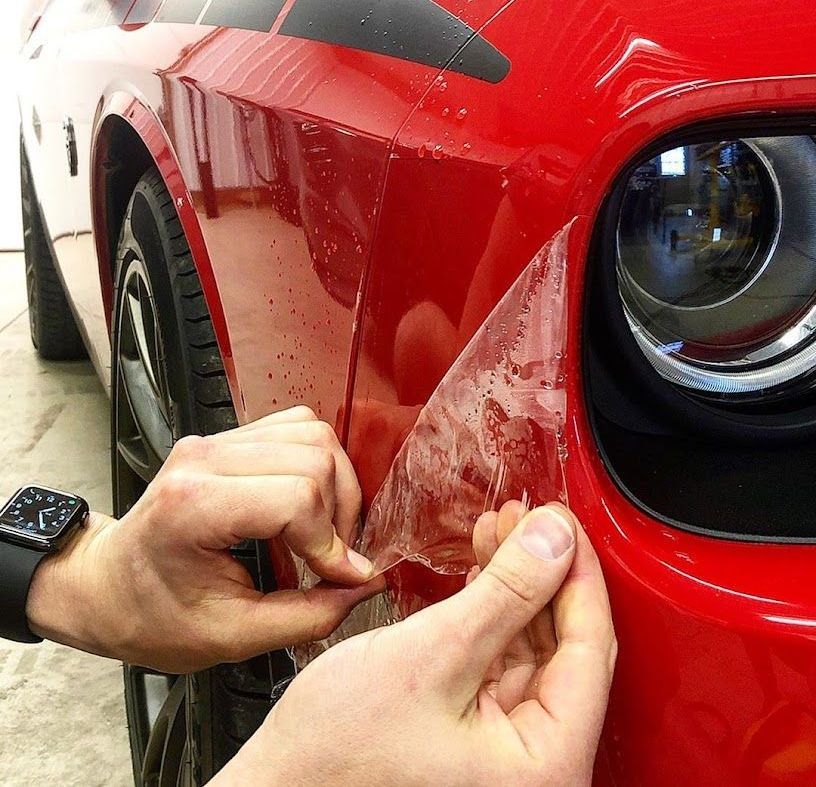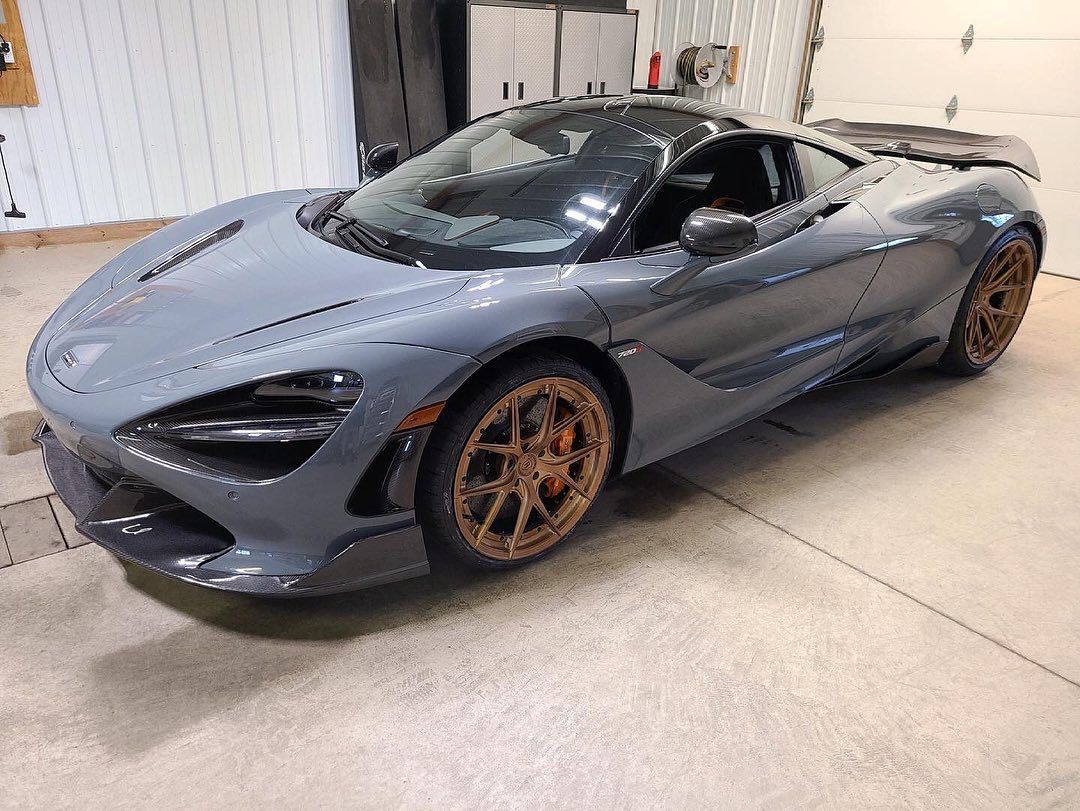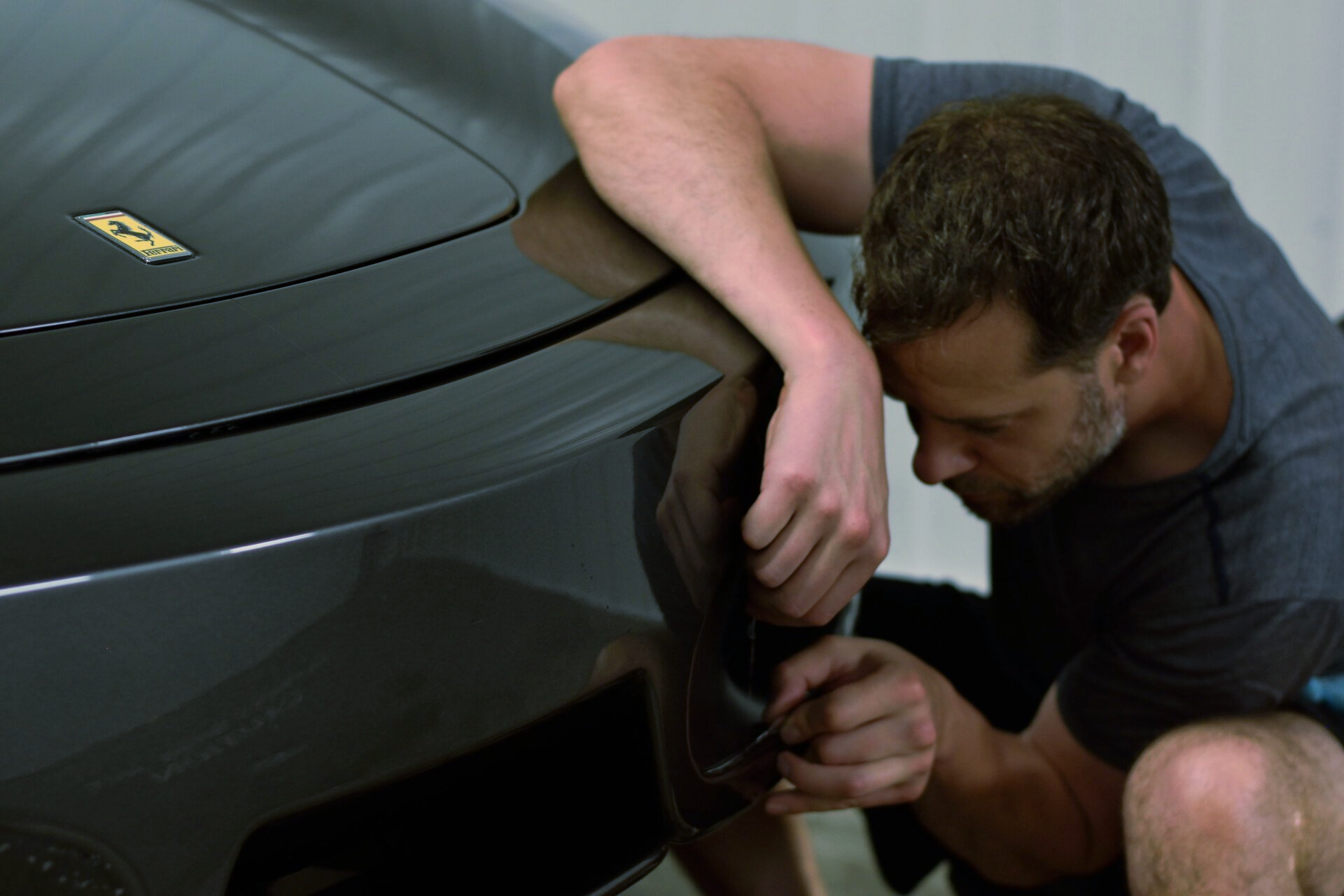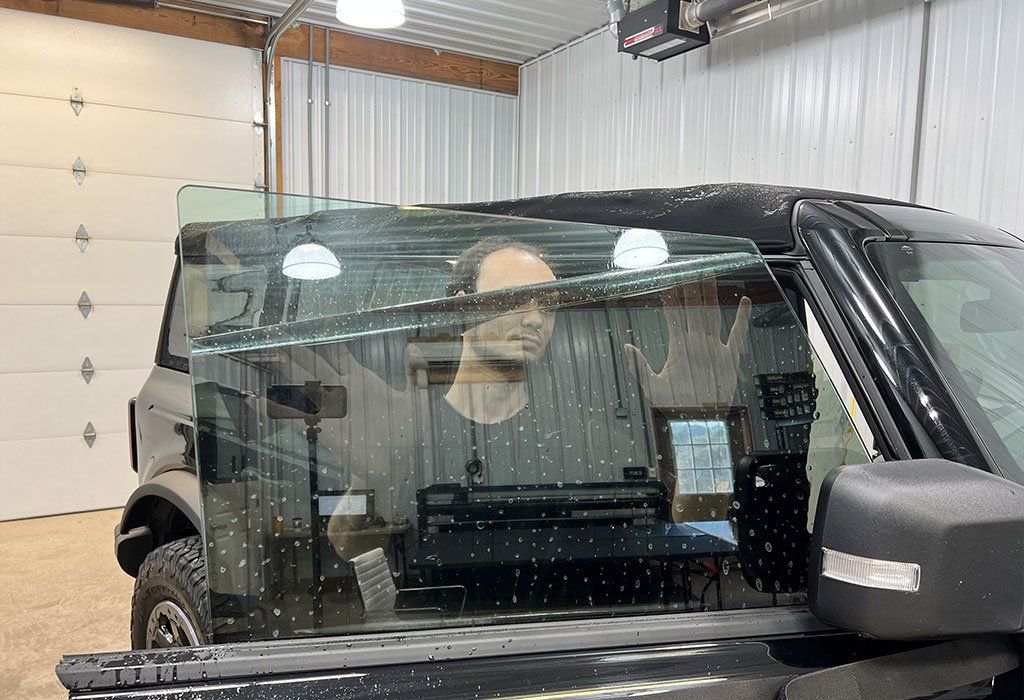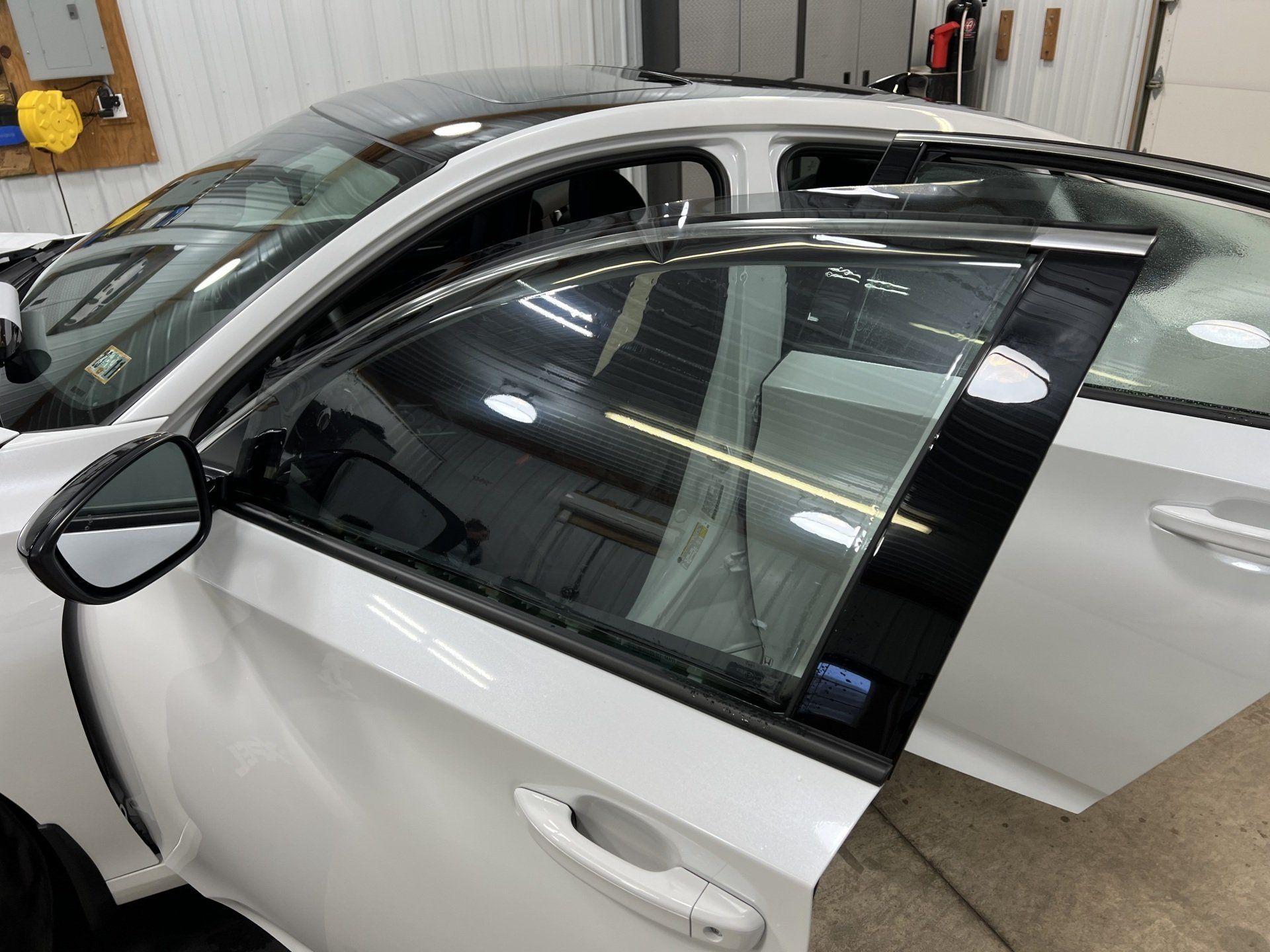When you’re racing, every second counts. But so does the condition of your car, especially after facing the harsh elements of the racetrack. Racing vehicles are exposed to dirt, rocks, and debris at high speeds, making them vulnerable to chips, blemishes, and other damage. That’s where racing PPF installation becomes crucial. Not only does Paint Protection Film (PPF) protect your car’s exterior, but it also helps manage heat and maintain the car’s performance. For serious enthusiasts, investing in track car protection with specialized track day paint protection solutions is essential for keeping your vehicle race-ready. In this guide, we'll cover everything you need to know about applying Paint Protection Film for track day performance in Pittsburgh, Pennsylvania, from the best options to expert installation tips, ensuring your racing car stays protected and looks pristine.
Why Track Day PPF is Essential for Racing Vehicles
Track day PPF offers an advanced level of protection for your race car, defending it against the inevitable impacts from debris, rocks, and harsh weather conditions encountered on the track. The high durability of PPF ensures that your car's aesthetic and performance remain intact throughout multiple races, while its smooth surface also makes post-track cleaning much easier. For track cars, PPF not only preserves the vehicle’s appearance but also offers the heat management needed to perform under intense conditions.
Installing PPF for Racing Conditions
Installing racing PPF is a meticulous process that directly impacts the film's effectiveness on the track. Below are the key steps to ensure optimal performance.
Step 1: Surface Preparation
Proper surface preparation is crucial to ensure PPF adheres correctly. Begin by washing the vehicle thoroughly with automotive soap to remove dirt and grease. Using a clay bar will help remove any stubborn contaminants that could prevent the film from bonding properly.
Step 2: Custom Cutting
Accurate cutting of the PPF is essential for a perfect fit. Use high-quality cutting tools and measure carefully to ensure the film conforms to the curves and contours of your vehicle. Pay extra attention to high-impact areas like the front bumper, hood, and rocker panels, as these areas take the most abuse during track days.
Step 3: Applying the Film
Apply the PPF with a slip solution, such as water mixed with baby shampoo, to help with positioning and prevent premature adhesion. Use a squeegee to work out any air bubbles, ensuring that the film fits snugly along all edges and corners for maximum protection.
Step 4: Curing the Film
Once the PPF is applied, allow it to cure for 24 hours in a dust-free environment. This process ensures a solid bond between the film and your vehicle's paint, making it ready to withstand the challenges of track racing.

Professional vs DIY PPF Application
While DIY kits may seem tempting for the budget-conscious, professional racing PPF installation offers significant advantages. Professionals bring precision, expertise, and specialized tools to ensure the film is applied flawlessly. At Prestige Auto Armor, our certified technicians offer high-quality installations with warranties for peace of mind. DIY applications, on the other hand, can be challenging and may lead to imperfections like air bubbles, misalignment, or adhesion failures, which could affect both the film's protection and your car’s appearance.
Track Day Protection Benefits
When racing, your vehicle faces an array of hazards, from debris to intense heat. PPF acts as a robust barrier, absorbing the impact of rocks, rubber, and other debris without allowing it to damage the paint underneath. This added layer of protection prevents unsightly blemishes and preserves the integrity of your car's finish.
Long-Term Savings
Although racing PPF installation involves an upfront cost, it saves you money in the long run by protecting your vehicle from costly repairs. A well-protected car maintains its resale value and minimizes the need for frequent repainting, making PPF a wise investment for track car owners.
Performance Under Pressure
Track cars are subjected to extreme conditions, including high speeds and intense friction. PPF can withstand these conditions, preventing overheating components from lifting vinyl wraps or decals. Its heat-resistant properties help preserve the paint and protective graphics, ensuring your car looks and performs at its best.
Peace of Mind
With PPF installed, you can focus on your driving without worrying about cosmetic damage. Knowing your car is well-protected against chips and blemishes allows you to fully enjoy the track experience without the added stress of potential paint damage.
Care and Maintenance Tips for Racing PPF
To ensure your racing Paint Protection Film remains effective, regular maintenance is key.
Routine Cleaning
Wash the PPF with a mild automotive detergent and use a soft sponge or microfiber mitt to avoid blemishing the film. Dry it thoroughly with a microfiber towel to prevent water spots and preserve the film’s clarity.
Long-Term Maintenance
Inspect your Paint Protection Film regularly for any lifting or damage, especially in high-impact areas. Avoid using high-pressure washers, as they can damage the film. Reapply PPF sealant every few months to maintain its protective properties and extend its lifespan.
Ready. Get Set. Wrap!
Whether you're racing in Pittsburgh or on tracks across the country, racing-specific Paint Protection Film (PPF) is crucial for maintaining both the performance and appearance of your race car. With
premium Paint Protection Film options, your vehicle stays protected from harsh elements, so you can focus on what truly matters, speed. Professional installation guarantees a flawless, durable application, ensuring top-tier protection in even the toughest racing conditions. To get a free estimate, feel free to contact us at
(724) 996-7031 or by
filling out this form. Gear up for your next race with the confidence that your car is shielded and ready to perform at its best.
